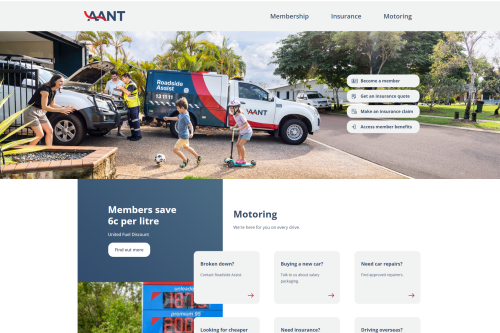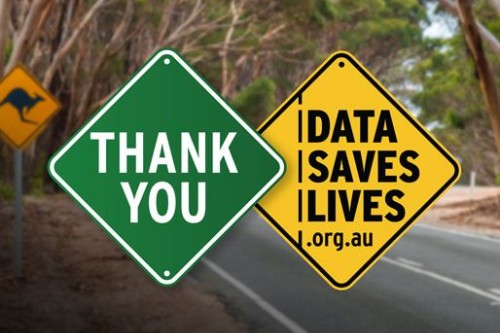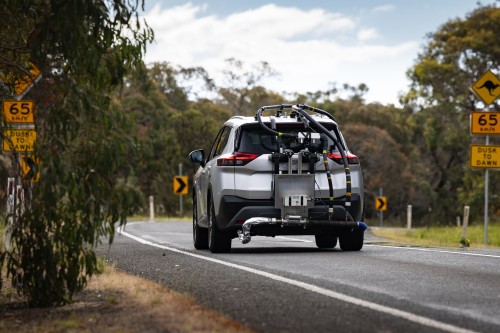
As a responsible vehicle owner, it’s essential to understand the differences between roadside assistance and car insurance.
Ensuring you are aware of what each service includes and what you are investing your money in is worthwhile. While they may appear to serve similar purposes, they have distinct differences in coverage and benefits.
Let's explore the contrasts between roadside assistance and car insurance, helping you make informed decisions to protect yourself and your vehicle.
Roadside Assistance: A safety net in the event of a breakdown.
Roadside assistance is a service designed to provide immediate help to drivers facing vehicle breakdowns. Roadside assistance ensures that drivers are not left stranded on the side of the road. Some common features of roadside assistance include;
- Towing benefits: If your car breaks down and cannot be repaired, roadside assistance can arrange for your vehicle to be towed to a place of safety or repair.
- Flat tyre change: Roadside assistance will send a patrol to replace your flat tyre with a spare, so you can safely continue your journey.
- Flat battery: If your car’s battery dies, the service will provide a jump-start to get your vehicle running again or provide you the option of having the battery replaced.
- Lockout assistance: If you accidentally lock yourself out of your car, a patrol will be dispatched to help you regain access.
- On-the-spot repairs: In some cases, minor mechanical issues can be resolved at the time of a breakdown, so you can get back on the road quickly.
Car Insurance: Financial protection for accidents and damages.
Car Insurance is a contractual agreement between you and an insurance company that provides financial protection against potential losses resulting from car accidents, theft, or other damages to your vehicle. Unlike roadside assistance, which focuses on immediate assistance during a breakdown. Car Insurance focuses on covering financial losses due to unforeseen events. Common features of Car Insurance include:
- Liability cover: This covers bodily injury and legal liability if your vehicle is involved in an incident that causes loss or damage to someone else’s property, or death or bodily injury to other people.
- Uninsured motorist damage; This provides coverage if you are involved in an collision with an uninsured vehicle and you are not at fault.
- Comprehensive Coverage: This covers for loss or damage to your vehicle and your legal liability for loss or damage to another person’s vehicle or property.
- Accidental damage: This provides cover to your vehicle for accidental damage, including damage as a result of a collision.
Both roadside assistance and car insurance play crucial roles in ensuring your safety and financial protection as a vehicle owner. It’s crucial to conduct thorough research to find the best policies that cater to your needs and provide the level of protection you require. If you’re interested in learning more about AANT’s Roadside Assistance , take the opportunity to compare our plans and make an informed decision today!





